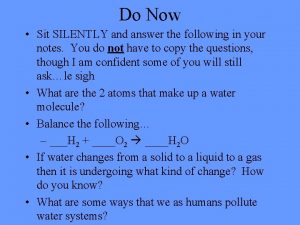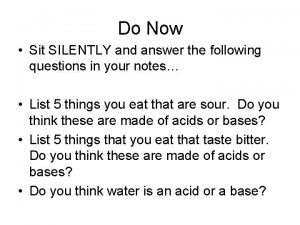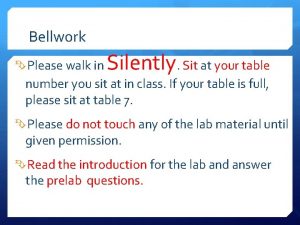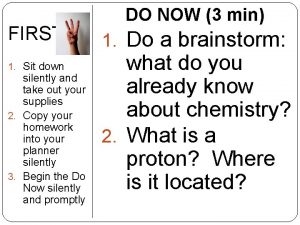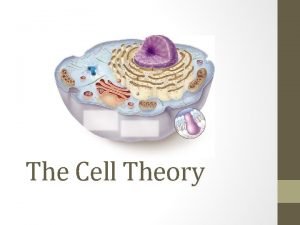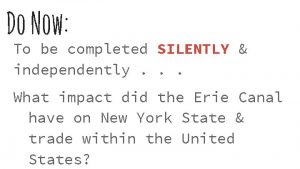Do Now n n n Sit SILENTLY stay





































- Slides: 37

Do Now n n n Sit SILENTLY, stay silent, and answer the following questions in your notes please. Describe estuaries and explain their importance. What part of the water cycle can cause an estuary to become polluted? Explain the process of upwelling and explain why it is essential to life. How is upwelling increased in estuaries?

In Ocean Zones Lifestyles

Ocean Zones (shoreline to open ocean) Intertidal Zone n Neritic Zone n Oceanic Zone n Benthic Zone n

Intertidal Neritic Zone Continental Shelf Oceanic Zone Sunlight Benthic Zone

Intertidal Zone n Intertidal Zone Continental Shelf n Area between high tide line and low tide line Organisms adapted to harsh, changing environments

Neritic Zone n Continental Shelf n Area over the continental shelf Continental shelf – The outer edge of a continent Area of greatest density and diversity of marine life

Oceanic Zone n Continental Shelf From the end of the continental shelf out to open ocean

Benthic Zone The Ocean Floor n Underlies all the other zones n Benthic Zone

Stop and Check #1 n n Which zone has the biggest diversity of life? Why do you think that is?

Ocean Zones from Surface to Floor n Now we are going to look at ocean zones from the surface to the floor and the ocean life that lives in them.

Epipelagic Zone Mesopelagic Zone Bathypelagic Zone Abyssopelagic Zone 0 200 1000 4000 6000 Hadopelagic Zone 11, 000

Ocean Zones (surface to ocean floor) Epipelagic Zone • Photic Zone or Sunlight Zone Mesopelagic Zone • Disphotic Zone or Twilight Zone Bathypelagic Zone • Aphotic zone or Midnight Zone Abyssopelagic Zone • Aphotic Zone or Midnight Zone Hadopelagic Zone • Aphotic Zone or Midnight Zone

Epipelagic Zone n n Epipelagic Zone Sunlight Zone 0 m 200 m Photic Zone n n Photic Zone Enough sunlight for photosynthesis Primary area of food production From surface down to about 200 meters

Stop and check #2 n Why would this be the best place for food production to take place?

Mesopelagic Zone n n Mesopelagic Zone 200 m 1, 000 m n Dysphotic Zone Not enough sunlight to support photosynthesis From about 200 m down to 1, 000 m

Stop and check #3 n Would you find more or less life in this level? Why?

Midnight Zones n n 1, 000 m Midnight Zone n 11, 000 m No sunlight From 1, 000 m down to ocean floor, or around 11, 000 m Low density and diversity of marine life

Bathypelagic Zone n n Bathypelagic Zone 1, 000 m 4, 000 m n No sunlight From 1, 000 m down to 4, 000 m Low density and diversity of marine life

Abyssopelagic Zone No sunlight n From 4, 000 m down to 6, 000 m n Low density and diversity of marine life n Abyssopelagic Zone 4, 000 m 6, 000 m

Hadopelagic Zone n n n Hadopelagic Zone 6, 000 m 11, 000 m No sunlight From 6, 000 m down to ocean floor, or around 11, 000 m Low density and diversity of marine life

Stop and check #4 n n n In the midnight zones, why is there less abundance and diversity of life? What process by microbes has to occur for the food chain to be productive at these depths? Where do they get their nutrients from?

Lifestyles in the Zones n 3 Basic Lifestyles: • Plankton • Nekton • Benthos

Plankton Floaters or very poor swimmers n Plankton divided into 2 groups: • Phytoplankton – producers, photosynthesizers • Zooplankton – consumers n

Stop and check #5 n Where do the 2 types of plankton get their energy from?

Phytoplankton n Must live in the photic zone Most abundant in shallow coastal areas or in upwelling zones The basis of the oceanic food web

Nekton (swimmers) Free swimmers n Maneuver actively in the water column n Found in the water column from surface to ocean floor n

Nekton (swimmers) n 5 Categories: • Reptiles • Mammals • Fish • Arthropods • Mollusks

Nekton (swimmers) n Marine Reptiles: • Turtles • Snakes • Crocodiles • Iguanas

Nekton (swimmers) n Marine Mammals: • Whales • Seals • Otters • Manatees • Dolphins

Nekton (swimmers) n Bony Fish: • Tuna • Barracuda • Eels • Angler Fish

Nekton (swimmers) n Cartilaginous Fish • Sharks • Rays • Skates

Nekton (swimmers) n Marine Arthropods • Shrimp n Mollusks • Squid • Octopi

Benthos (bottom dwellers) Live either on or attached to the bottom n Primarily filter feeders or scavengers n

Benthos (bottom dwellers) n 2 Basic Types: • Sessile - Live attached to the bottom • Vagrant - Able to move about

Benthos (bottom dwellers) n Sessile: • Barnacles • Sponges • Corals • Sea Anemones • Oysters • Clams

Benthos (bottom dwellers) n Vagrant: • Crabs • Sea Stars • Sea Cucumbers • Sea Urchins • Brittle Stars

Exit Ticket n n n Why is the biggest diversity of life located in shallow water or close to the shore? How do the creatures living in the deeper benthos layers get their food? Why are phytoplankton essential to life in the ocean?
 Greensboro sit in significance
Greensboro sit in significance Adverbs modify
Adverbs modify The sun hid silently behind a grey cloud
The sun hid silently behind a grey cloud Stay tuned stay foolish
Stay tuned stay foolish Good afternoon stay safe
Good afternoon stay safe Good morning tuesday stay safe images
Good morning tuesday stay safe images Where you go i'll go where you stay i'll stay
Where you go i'll go where you stay i'll stay So stay so stay 再知己
So stay so stay 再知己 Stay hungry stay foolish significato
Stay hungry stay foolish significato Stay hungry stay foolish examples
Stay hungry stay foolish examples To daffodils analysis
To daffodils analysis I hope the days come easy
I hope the days come easy She should study hard
She should study hard Now i see it now you don't
Now i see it now you don't Bless us oh lord as we sit together
Bless us oh lord as we sit together Wall sit normative data
Wall sit normative data Sim sis sit simus sitis sint
Sim sis sit simus sitis sint Hopfieldova síť
Hopfieldova síť Hills in jerusalem
Hills in jerusalem Shall reported speech
Shall reported speech Good morning sit
Good morning sit Skin distraction test norms
Skin distraction test norms Lorem ipsum dolor sit amet significado
Lorem ipsum dolor sit amet significado P no l l no l om p pp
P no l l no l om p pp Lorem ipsum dolor sit amet,
Lorem ipsum dolor sit amet, Rise past participle
Rise past participle Episcopal grace before meals
Episcopal grace before meals Jak vyrobit model kuželu
Jak vyrobit model kuželu Where does radif sit in class
Where does radif sit in class Hopanoidy
Hopanoidy Sot and reach
Sot and reach Zeměpisná sít
Zeměpisná sít Lorem ipsum jelentése
Lorem ipsum jelentése Lorem ipsum dolor sit amet full
Lorem ipsum dolor sit amet full Please sit at the table
Please sit at the table Significado de lorem ipsum
Significado de lorem ipsum Identify this group of words. sit!
Identify this group of words. sit!![Creative teaching u0026 learning [open house sit lhi] Creative teaching u0026 learning [open house sit lhi]](data:image/svg+xml,%3Csvg%20xmlns=%22http://www.w3.org/2000/svg%22%20viewBox=%220%200%20200%20200%22%3E%3C/svg%3E) Creative teaching u0026 learning [open house sit lhi]
Creative teaching u0026 learning [open house sit lhi]

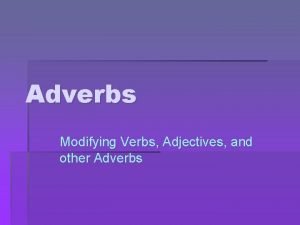

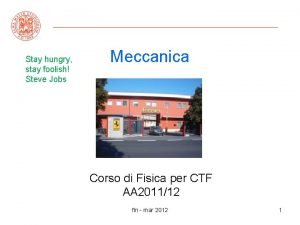




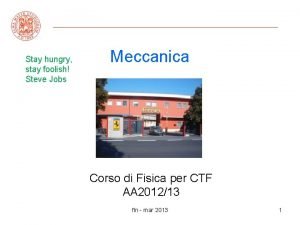







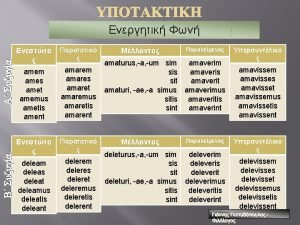




















![Creative teaching u0026 learning [open house sit lhi] Creative teaching u0026 learning [open house sit lhi]](https://slidetodoc.com/wp-content/uploads/2020/11/2512431_988e0f6fb16141d8d362e3669c9f87c2-300x225.jpg)

